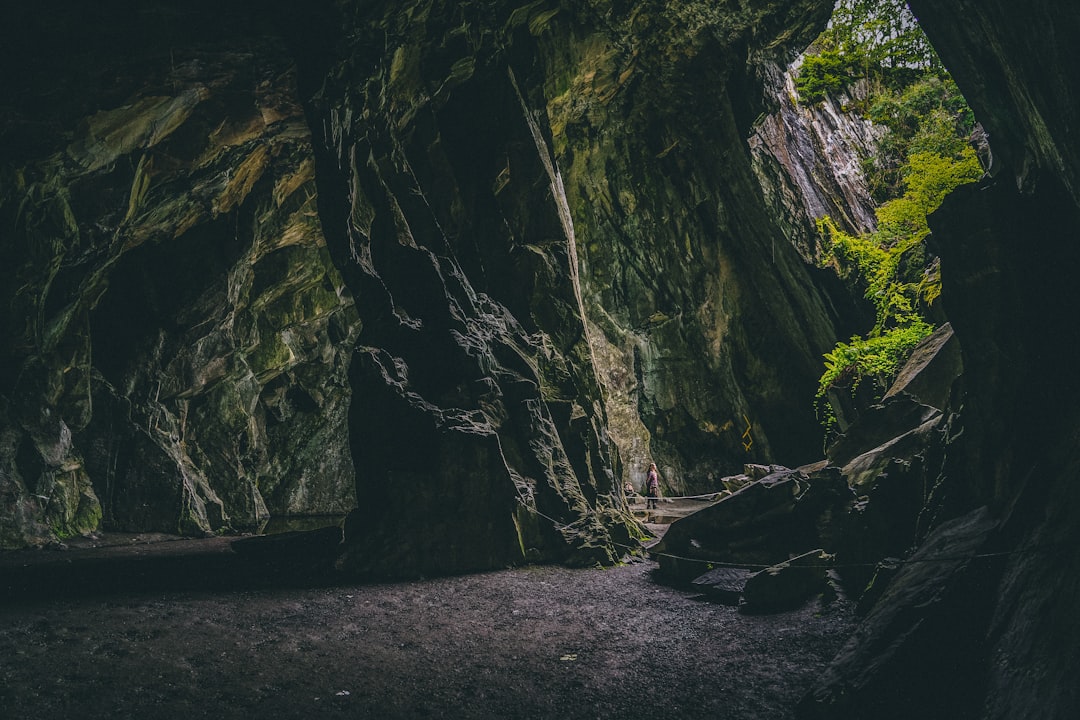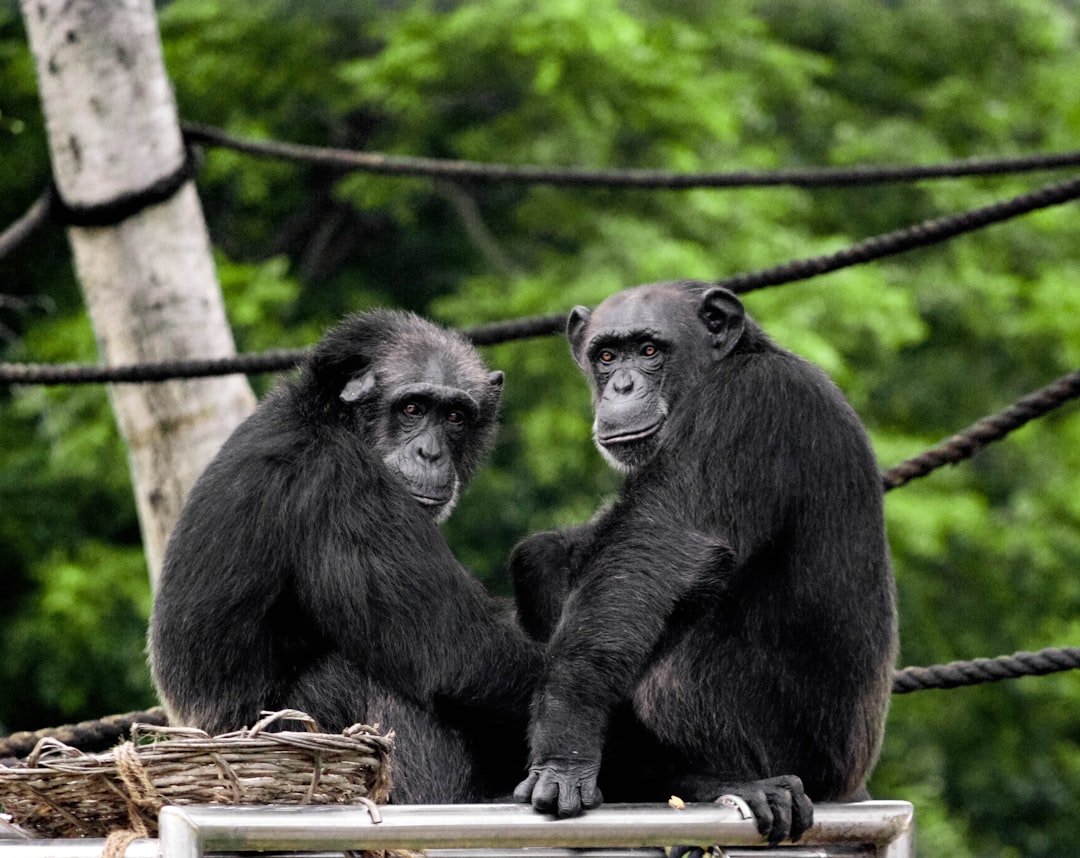What is it about?
The Andean night monkey (Aotus lemurinus) is a nocturnal American primate living in mountain forests in the Northern Andes. It is also a barely known species of primates to science. Nothing was known about how they communicate until now. By recording the vocal behavior of a group of night monkeys living in the eastern Andes of Colombia and through a quantitative analysis of the acoustic parameters of their vocalizations, we were able to identify five different calls emitted by the Andean night monkey. By doing a review of past studies we also discover one call (Acetate) to be unique to this species.
Featured Image

Photo by Christina Victoria Craft on Unsplash
Why is it important?
The Andean night monkey is a species with very scan information on its behavior and ecology. This is the first bioacoustic study for this species, setting baseline information on the vocal behavior of night monkeys that may be used in future studies on the communication of these and other nocturnal primates.
Perspectives
I first contacted Andrés Link (one of the co-authors) because I loved primates and because I dreamt about having the "Jane Goodall experience" before graduating as a biologist. And I did. I spent five months in this precious mountain cloud forest near my home town in Colombia, living with a family of nocturnal primates. This paper is not only my first academic publication, but it is also the reflection of changing my natural diurnal habits to nocturnal ones, crying multiple times because I thought I couldn't make it, being tired of research and then suddenly loving science again. Being a scientist goes beyond knowing about statistics and reading a lot about your topic. Nobody tells you how intense the path of writing a paper is. I finally got to publish the paper that I was dreaming about since 2020. I hope this is a proper tribute to the monkeys I fell in love with.
Paula Erazo
Pontificia Universidad Javeriana
Read the Original
This page is a summary of: Vocal repertoire of wild Andean night monkeys (Aotus lemurinus) in an Andean forest in Colombia, Folia Primatologica, July 2023, Brill,
DOI: 10.1163/14219980-bja10013.
You can read the full text:
Resources
Contributors
The following have contributed to this page










